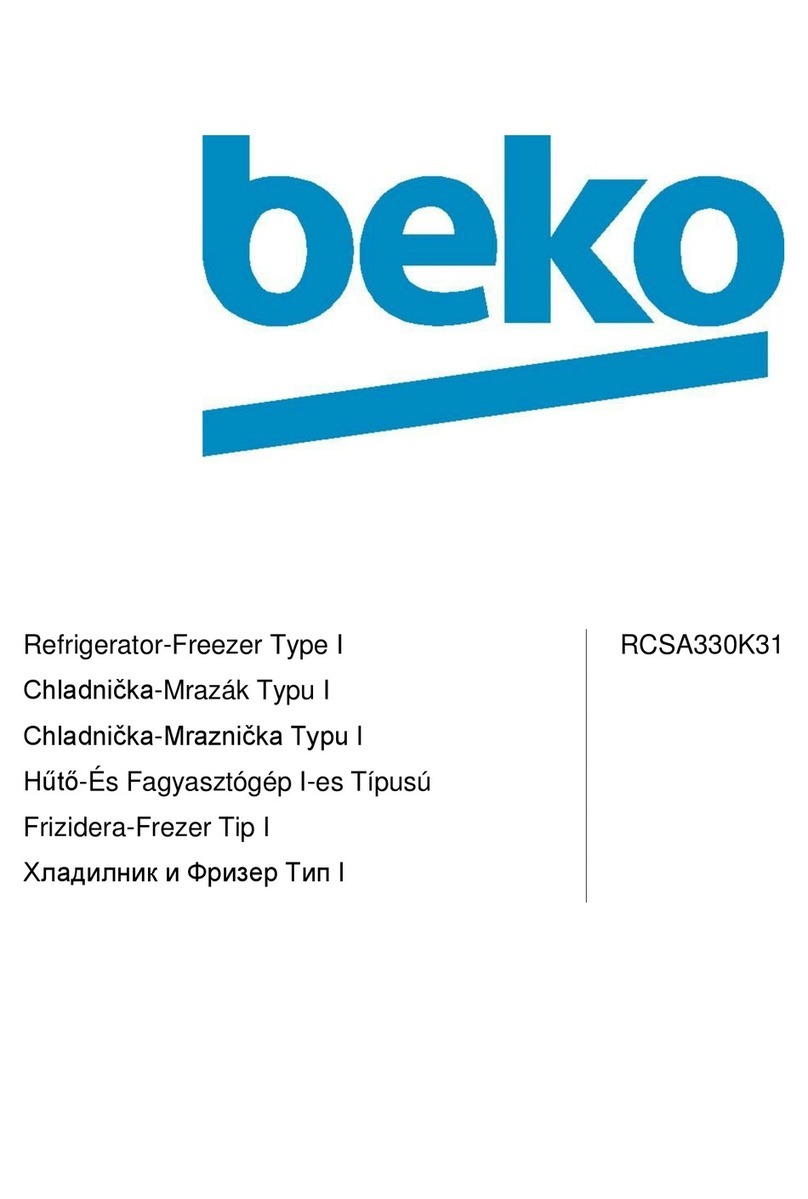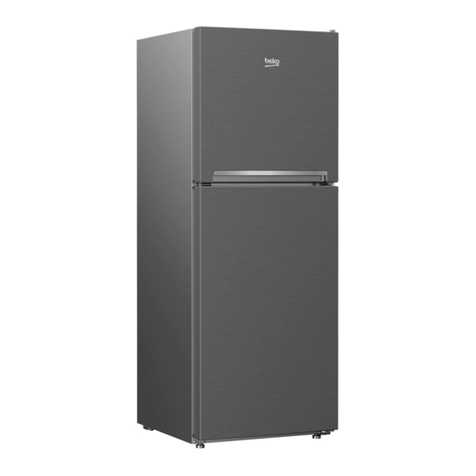Beko DN27000 User manual
Other Beko Refrigerator manuals
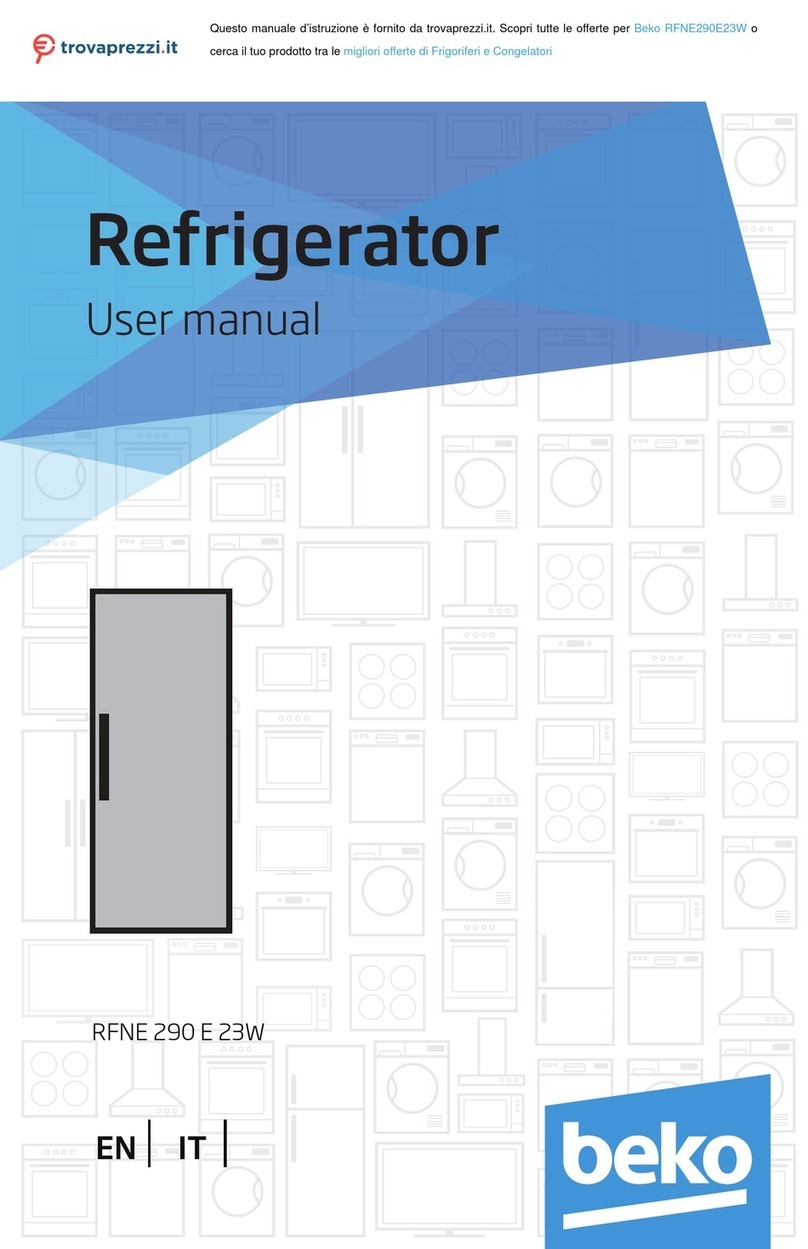
Beko
Beko RFNE 290 E 23W User manual

Beko
Beko CBI7703 User manual
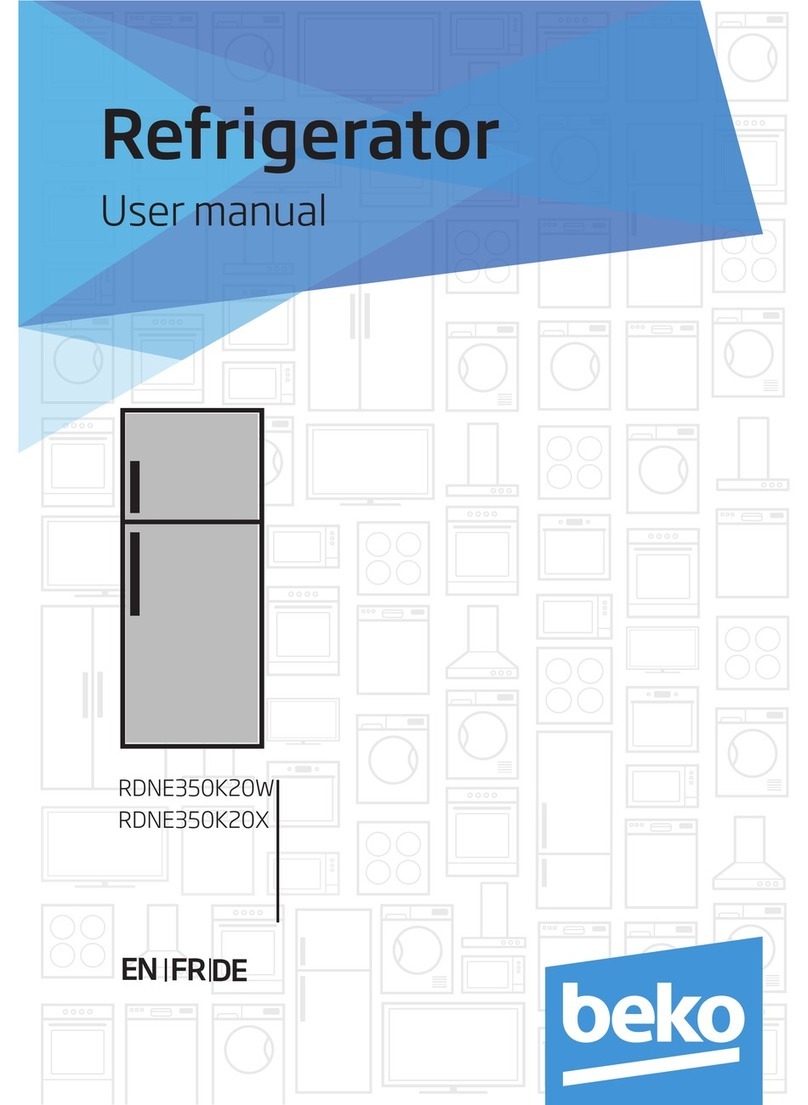
Beko
Beko RDNE350K20W User manual

Beko
Beko RCHA300K20S User manual

Beko
Beko CRFB1790DA User manual
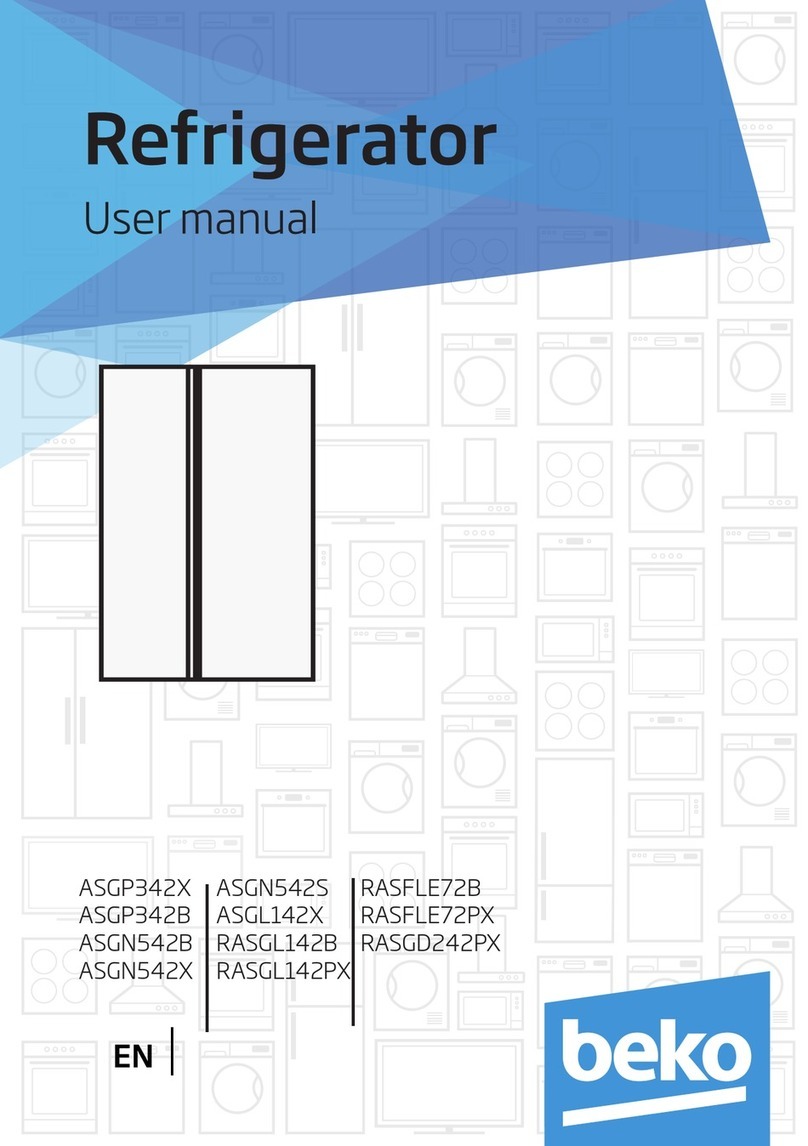
Beko
Beko RASFLE72B User manual

Beko
Beko GNE64021XB User manual

Beko
Beko RBI6302 User manual
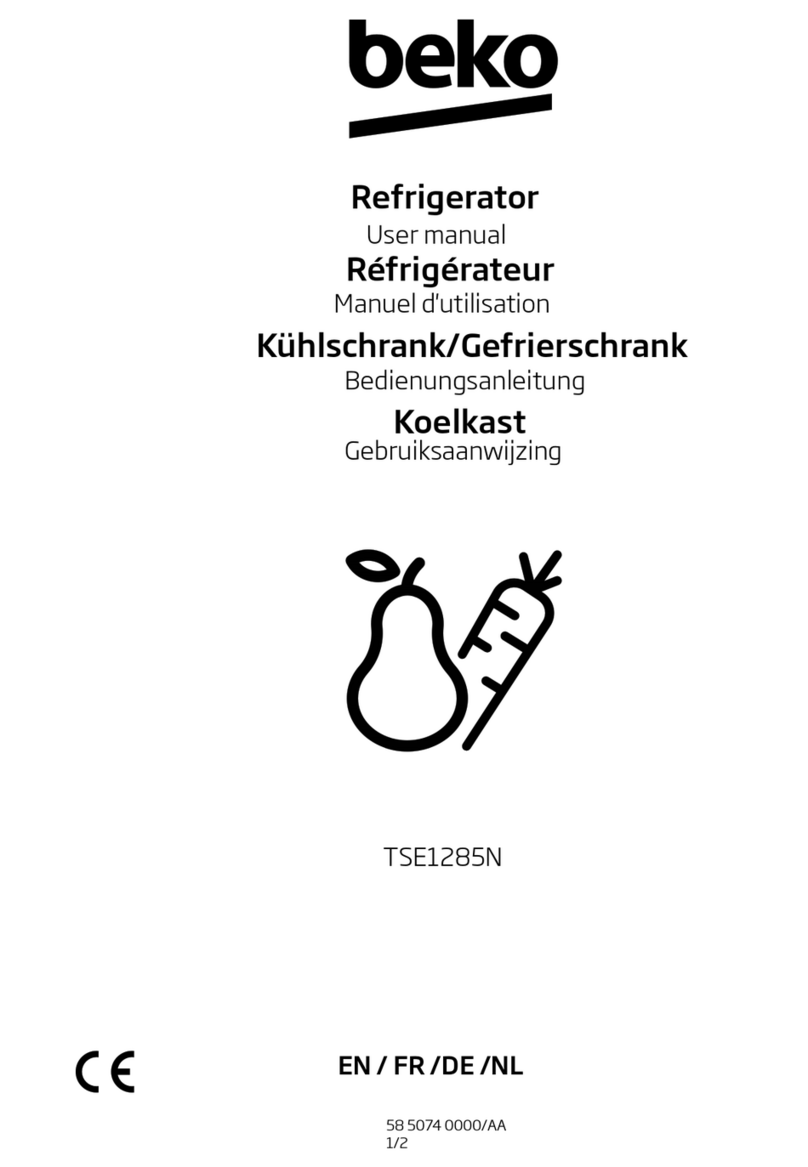
Beko
Beko TSE1285N User manual
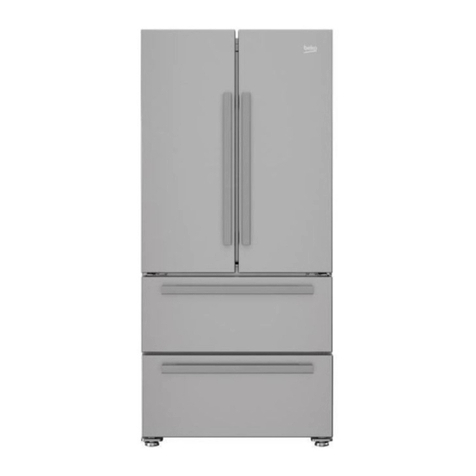
Beko
Beko GNE 60520 X User manual
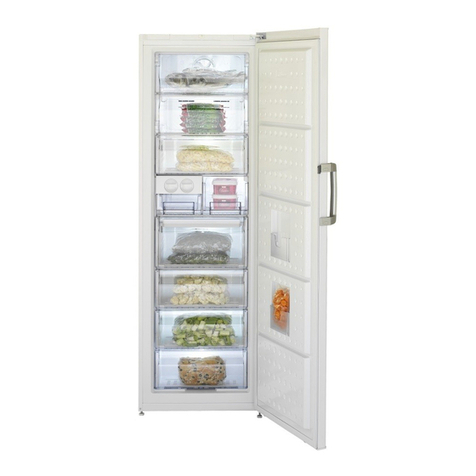
Beko
Beko FN 129420 X User manual

Beko
Beko GN1306220VZDX User manual

Beko
Beko GN446224VPZ User manual

Beko
Beko B9470NMN User manual
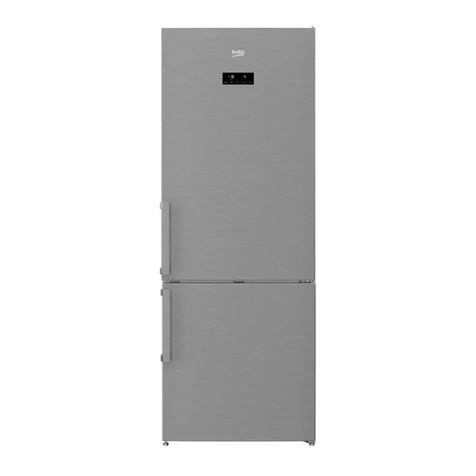
Beko
Beko RCNE520E21ZX User manual

Beko
Beko 670530 EB User manual

Beko
Beko RDSA35S User manual

Beko
Beko RCNA340K30W Instruction Manual

Beko
Beko GNE59200X User manual
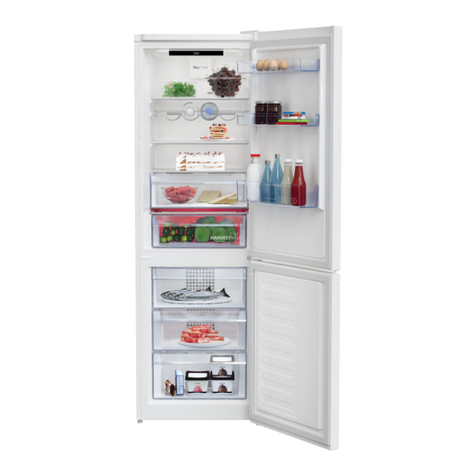
Beko
Beko RCNE366E40ZWN User manual

